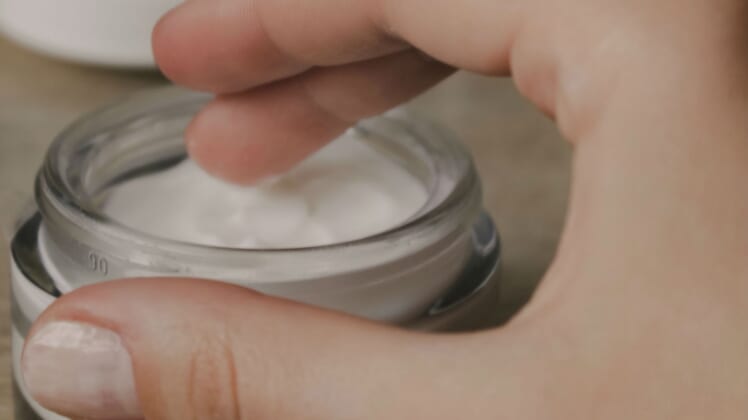
California just made major headlines as the first state to adopt a ban on certain ingredients in beauty and personal care products. More specifically, governor Gavin Newsom signed into law the Toxic-Free Cosmetics Act Assembly Bill 2762, which prohibits a whopping 24 chemicals in products statewide. It’s huge news for the clean beauty industry—and the beauty industry in general—the first time any state has banned this many ingredients.
That being said, it’s still a drastic contrast from the protocol in the EU: “Although 1,300 ingredients have been banned from personal care products in the EU, only 11 are prohibited in the U.S.,” explains clean beauty expert Jenny Duranski, owner and founder of Lena Rose Beauty in Chicago. While 24 pales in comparison to 1,300, CA's ban is undoubtedly a step in the right direction—not to mention the first major move for consumer protection in the personal care industry in 82 years, adds Duranski.
Cosmetic regulations in the U.S. were last updated in 1938, and beauty companies don’t have to register products with the FDA and/or provide ingredient lists. Hence why any kind of statewide legislation on the topic is such a big deal. The list of 24 no-nos includes common chemicals you may have heard of—for example, mercury and formaldehyde—as well as some that are less often discussed, such as isobutylparaben and Quaternium-15.
It’s also worth pointing out that, along with this bill, Newsom also signed Senate Bill 312, which will require companies to reveal flavor and fragrance ideas. “This is huge,” says Credo Co-Founder and COO Annie Jackson. “No government body anywhere has legislatively mandated the disclosure of fragrance and flavor chemicals.” When you see “fragrance” listed on an ingredient label, that’s actually a combination of many different ingredients. Currently, companies using fragrance to scent their products aren’t legally required to share the ingredients in those fragrance mixtures, but consumers have a right to know what’s in the products they’re buying—especially if it contains a potentially toxic ingredient, Jackson says.
What the Toxic-Free Cosmetics Act Means for the Beauty Industry
So, what does this all mean for the future of the beauty industry…and for you? Consumers in California probably won’t notice much when using the newly-formulated products, but this list will help people across the nation know what to look for on their labels so they can steer clear of these ingredients in their products, says Duranski, who adds that she expects other states to follow in California’s footsteps. Jackson points to the ban affecting the industry on even a larger scale: “What’s most exciting is that brands aren’t going to formulate by state—obviously, they’ll want to comply nationally. This forces positive change across the board,” she says. “If somehow conventional brands missed the memo that safe formulation of products are what today’s consumer is demanding, then this just sealed the deal for them.”
In the meantime, if you want to start being a more conscious consumer and are curious about what’s in the products you’re using, consider shopping at some of the retailers that are doing the hard work for you. Credo, for example, has its own list of over 2,700 chemicals that are banned from any of the products it carries. Sephora has ‘clean’ criteria, too, though it’s worth pointing out that there are only 54 ingredients on their list. Duranski also recommends apps such as Skin Deep (created by the Environmental Working Group) and Think Dirty, which let you scan the barcode of a product to quickly and easily get more info on the ingredients. She says seeking out external certifications, such as Eco Cert and Made Safe, the latter of which has the highest standards, is a good move as well.
At the end of the day, the California law is a great step in the right direction, but finding beauty products that are legitimately clean still requires some time and effort and due diligence on the consumer’s part—at least for now.
You might also like: What You Need To Know About The New Sunscreen Study That Has Everyone Talking
